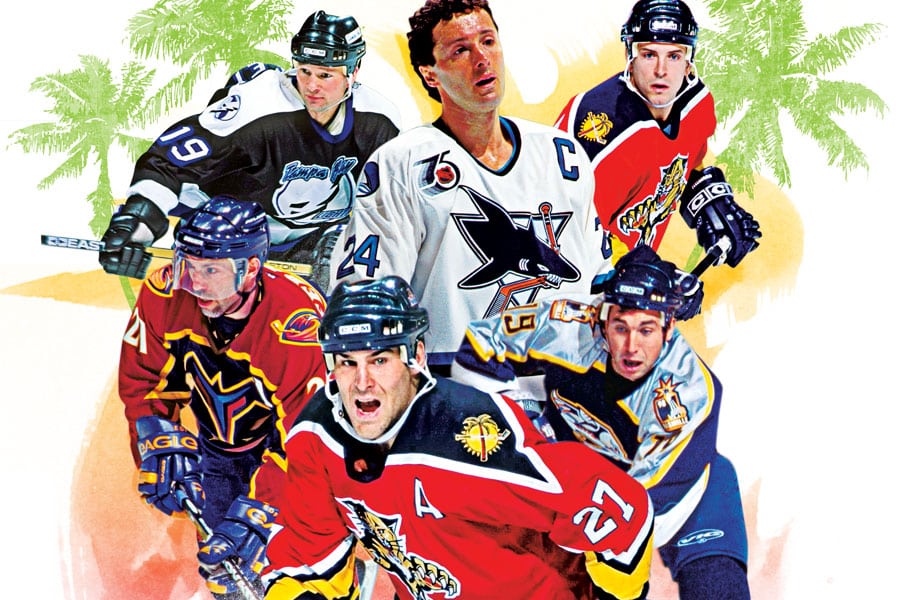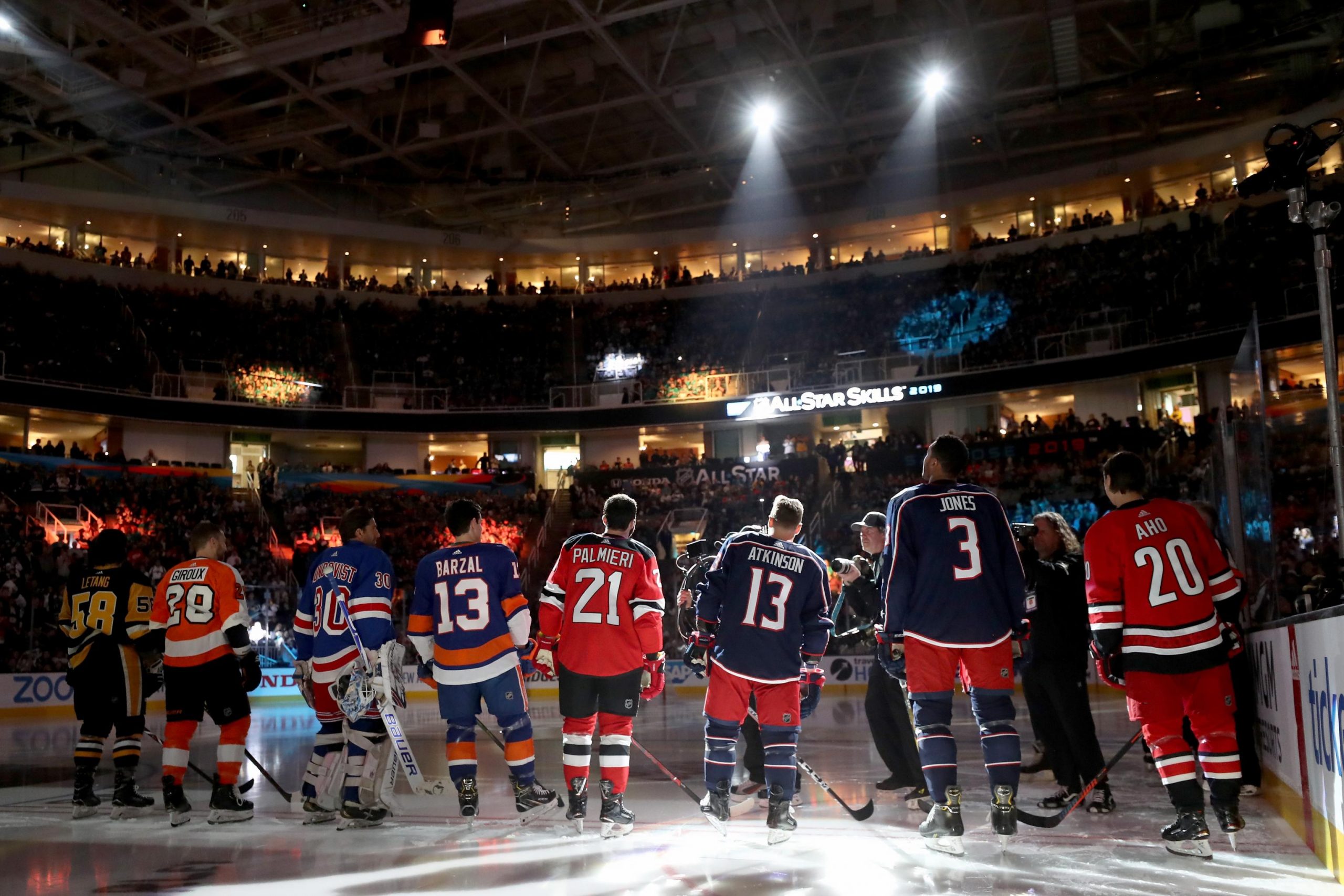Further expansion occurred in 1991 and 1992, increasing the number of teams in the NHL to 26. The Quebec Nordiques were undergoing financial difficulties due to the relative size of its market and were sold in 1995 and moved to Denver and were renamed the Avalanche. The Jets also relocated in 1996, after being acquired by a Phoenix group, where they became the Phoenix Coyotes (renamed Arizona Coyotes in 2014). This move reduced the number of Canadian-based franchises in the NHL to six.
In the summer of 1997, the National Hockey League announced expansion plans to include four more US cities. By the year 2000, the National Hockey League had expanded to 30 teams with the addition of Columbus Blue Jackets and Minnesota Wild (2000), Atlanta Thrashers (1999), and Nashville Predators(1998). In 2011, the Atlanta Thrashers moved to Winnipeg and adapted the Jets name. In 2016, NHL commissioner Garry Bettman made an announcement about the launch of a new franchise in Las Vegas. In the 2017/2018 season, the Golden Knights became the 31st team to join the NHL.
Labour Disputes in the NHL
Team owners initiated a lockdown in 2004 that restricted members of the National Hockey League Players’ Association from participating in the NHL. The lockout occurred for 310 days between September 16, 2004, and July 13, 2005. The lockout was due to the athletes’ resistance to a salary cap and resulted in a huge reduction in athletes’ earnings, and a cap of $39 million per team for the 2005/2006 season. This was the first time that a whole season was lost in a major North American League because of a labor dispute. The dispute also resulted in the cancelation of the playoffs for the Stanley Cup. The only time when playoffs for the Stanley Cup were canceled prior to the dispute was during the influenza epidemic of 1919.
A subsequent labor dispute occurred in 2012, after the expiration of the 2005 collective bargaining agreement. The cause of the dispute was the proportion of hockey-generated revenues the players were receiving in a season. Their existing contract stipulated that they receive 57 percent of all hockey-generated revenues. However, the NHL wanted this figure reduced significantly. Neither the NHL nor players would budge, and this resulted in a lockout and cancellation of many games, including the National Hockey League All-Star Game, 510 regular-season games, as well as the 2013 classic match between the Toronto Maple Leafs and Detroit Red Wings. The two parties reached an agreement on January 12, 2013, where they would split all hockey-generated revenues by half.…



